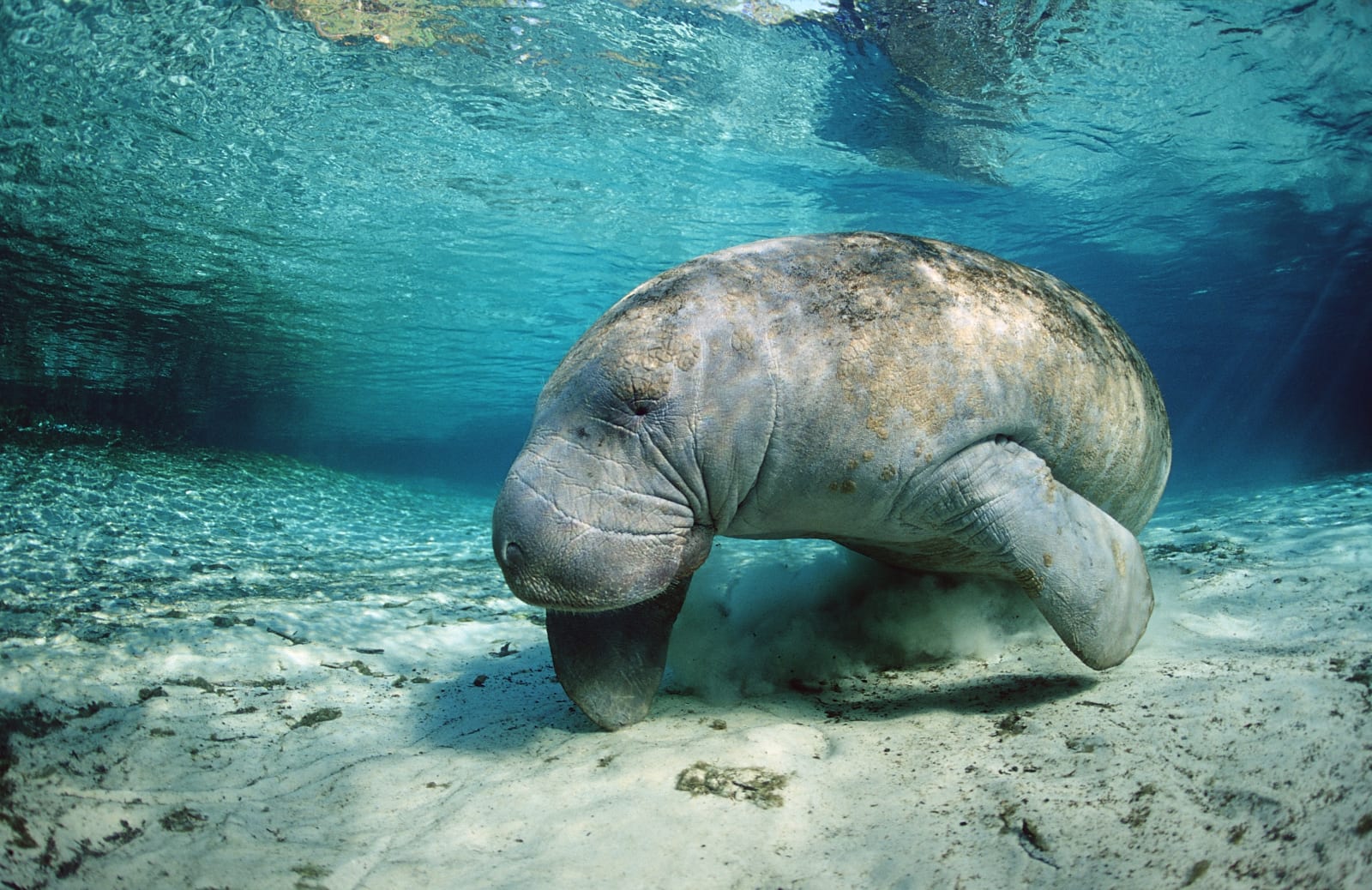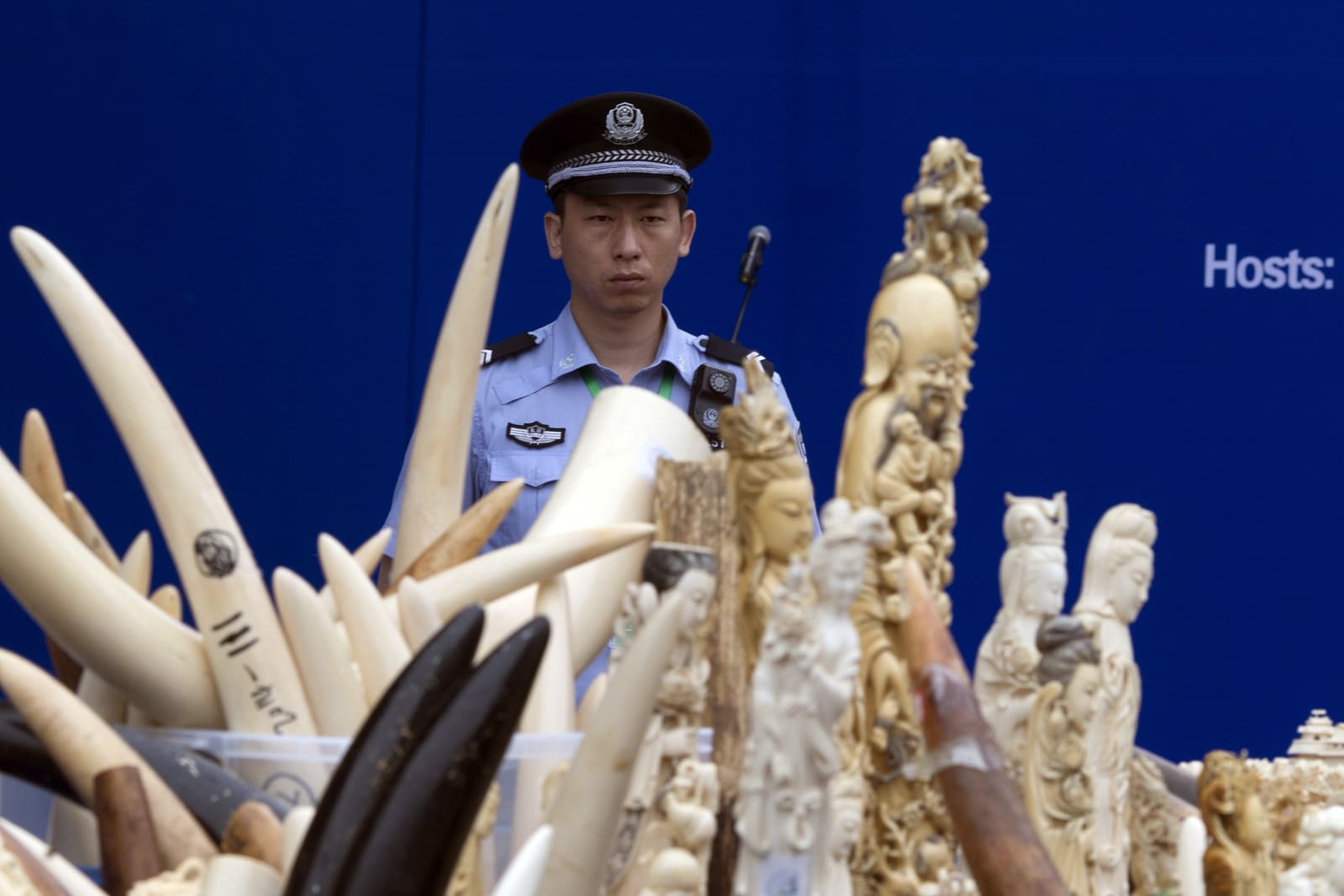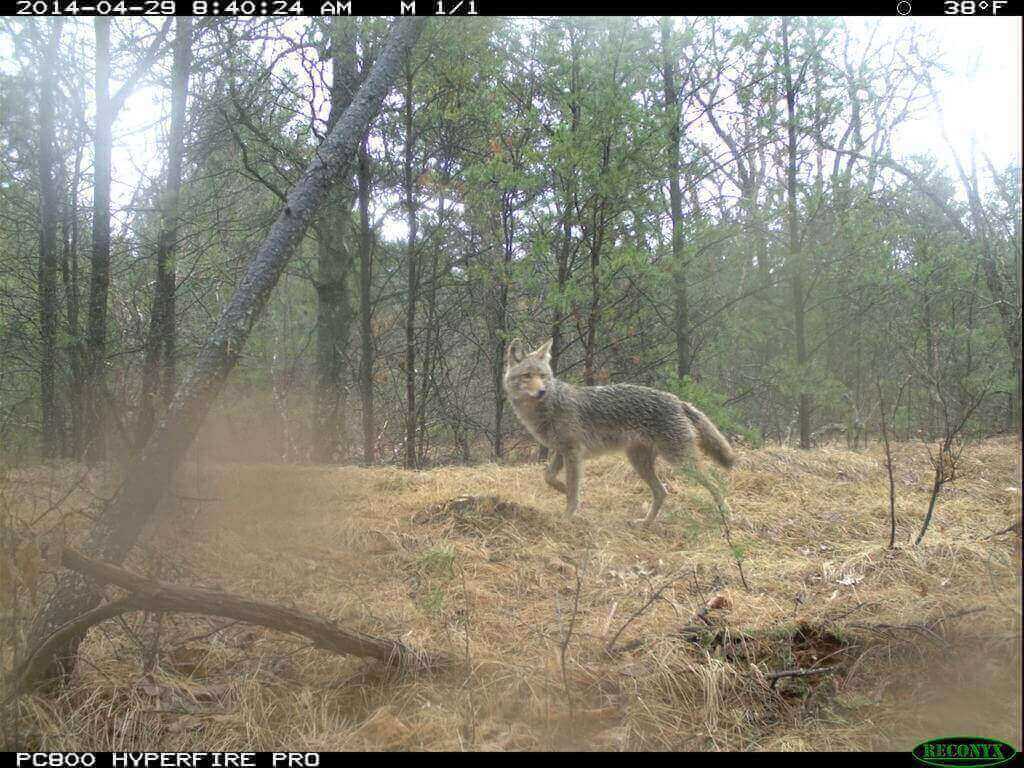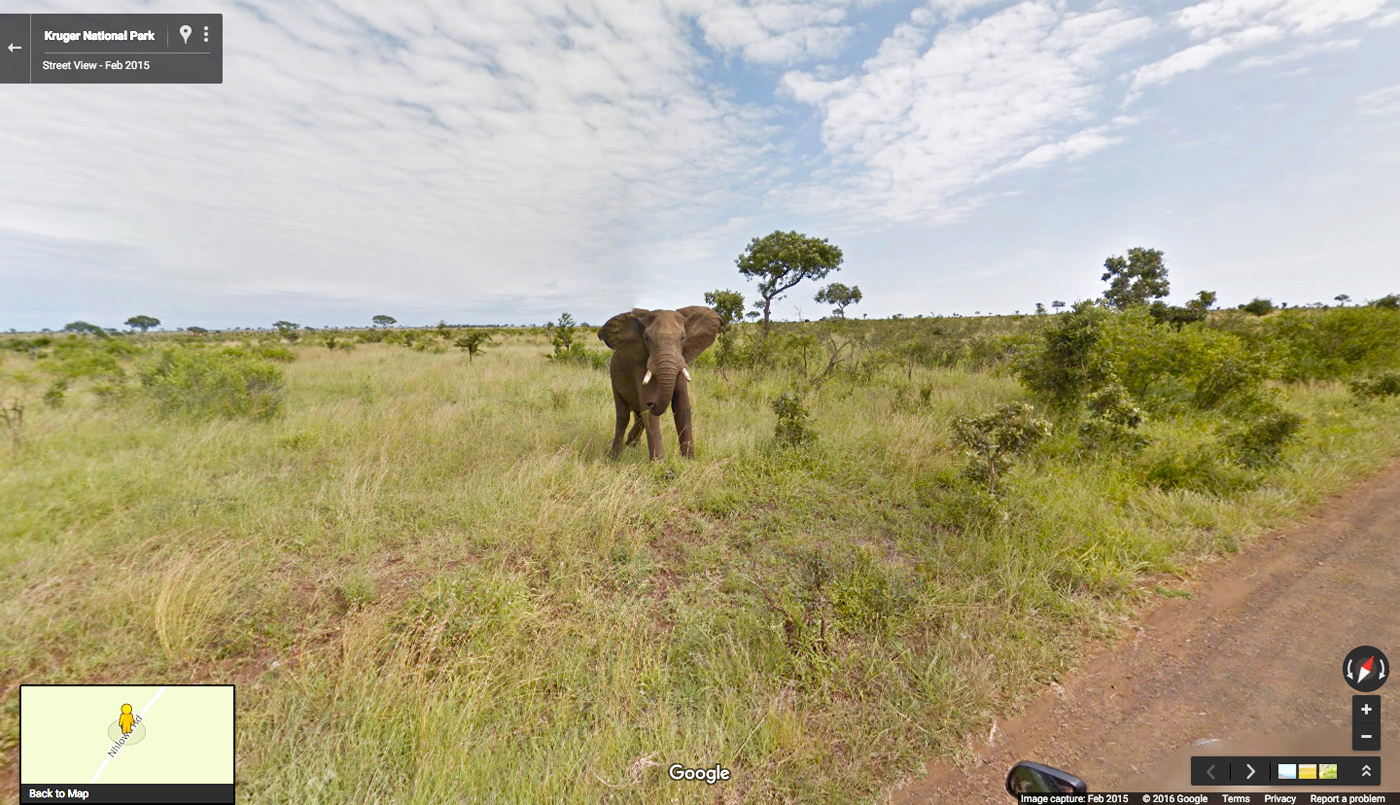
Many people enjoy hiking, biking or cross-country skiing in such natural areas that harbor wildlife. But a new research suggests that these recreation activities in protected areas can disrupt...
 It's one thing to track endangered animals on land, but it's another to follow them when they're in the water. How do you spot individual critters when all you have are large-scale aerial photos? Google might just help. Queensland University resea...
It's one thing to track endangered animals on land, but it's another to follow them when they're in the water. How do you spot individual critters when all you have are large-scale aerial photos? Google might just help. Queensland University resea...
 A smattering of internet merchants, services and tech titans have spoken: no trading of live animals or their illegally-sourced body parts, like rhino horns or turtle meat, on their watch. Etsy, eBay, Gumtree, Microsoft, Yahoo and Tencent have all si...
A smattering of internet merchants, services and tech titans have spoken: no trading of live animals or their illegally-sourced body parts, like rhino horns or turtle meat, on their watch. Etsy, eBay, Gumtree, Microsoft, Yahoo and Tencent have all si...
 NASA's next search for life is headed somewhere close to home: into the woods of Wisconsin, where the space agency is partnering with the University of Wisconsin-Madison and the Wisconsin Department of Natural Resources to create "one of the richest...
NASA's next search for life is headed somewhere close to home: into the woods of Wisconsin, where the space agency is partnering with the University of Wisconsin-Madison and the Wisconsin Department of Natural Resources to create "one of the richest...
 So you've wanted to see African wildlife in its native habitat, but the prospect of booking such an expensive trip makes your bank account weep. What to do? Google can help. It just introduced the Mzansi Experience, a virtual visit to South Africa th...
So you've wanted to see African wildlife in its native habitat, but the prospect of booking such an expensive trip makes your bank account weep. What to do? Google can help. It just introduced the Mzansi Experience, a virtual visit to South Africa th...
 Wildlife experts in the US have a cunning technique to track "high-elevation" animals such as wolverines, lynx and gray wolves. Small survey stations known as "camera traps" use tempting scents to lure them in, before snapping a quick shot that can...
Wildlife experts in the US have a cunning technique to track "high-elevation" animals such as wolverines, lynx and gray wolves. Small survey stations known as "camera traps" use tempting scents to lure them in, before snapping a quick shot that can...
Remote cameras are useful to wildlife conservationists, but their closed (or non-existent) networking limits the opportunities for tracking animals around the clock. The Instant Wild project's cameras, however, are designed to rely on the internet for help. Whenever they detect movement, they deliver imagery to the public through Iridium's satellite network. Anyone watching the cameras through the Instant Wild iOS app or website becomes an impromptu zoologist; viewers can identify both animals and poachers that dedicated staff might miss. Maintenance also isn't much of an issue, as each unit is based on a Raspberry Pi computer that can run for long periods on a single battery. The Zoological Society of London currently operates these satellite cameras in Kenya, but there are plans underway to expand their use to the Antarctica, the Himalayas, Indonesia and Sri Lanka.
Filed under: Cameras, Internet
Source: Cambridge Consultants, Edge of Existence